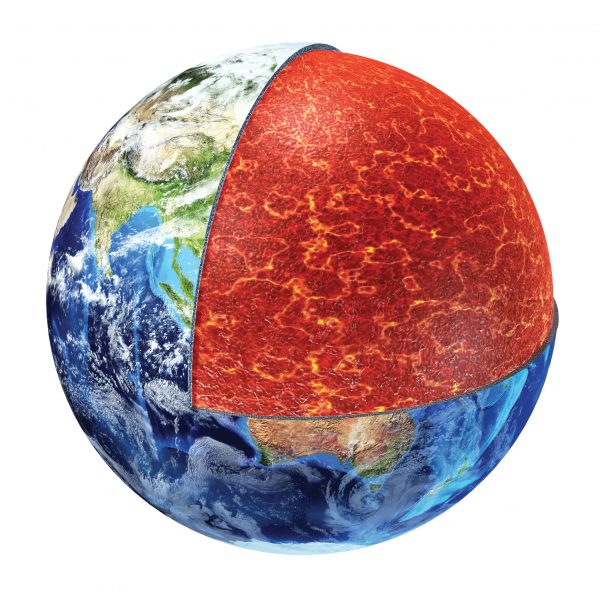Newly Discovered Layer of the Earth
October 16, 2023

Scientists at the Jackson School of Geosciences have discovered a new layer of partly molten rock under the Earth’s crust that might help settle a long-standing debate about how tectonic plates move.
Researchers had previously identified patches of melt at a similar depth. But a study published in Nature Geoscience has revealed for the first time the layer’s global extent and its part in plate tectonics.
The molten layer is located about 100 miles from the surface and is part of the asthenosphere, which sits under the Earth’s tectonic plates in the upper mantle. The asthenosphere is important for plate tectonics because it forms a relatively soft boundary that lets tectonic plates move through the mantle.
The reasons why it is soft, however, are not well understood. Scientists previously thought that molten rocks might be a factor. But this study shows that melt, in fact, does not appear to notably influence the flow of mantle rocks.
“What we found is that even where the melt fraction is quite high, its effect on mantle flow is very minor,” said Department of Earth and Planetary Sciences postdoctoral fellow Junlin Hua.
Back to the Geoscientist